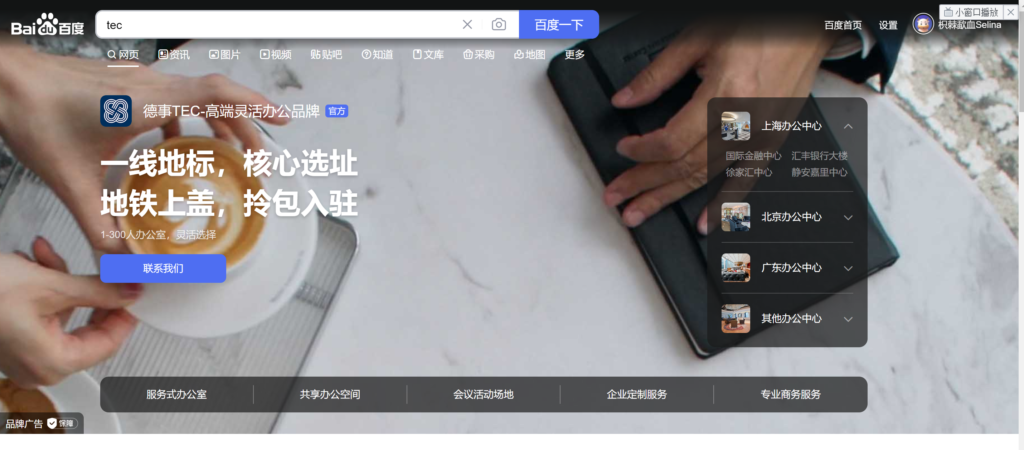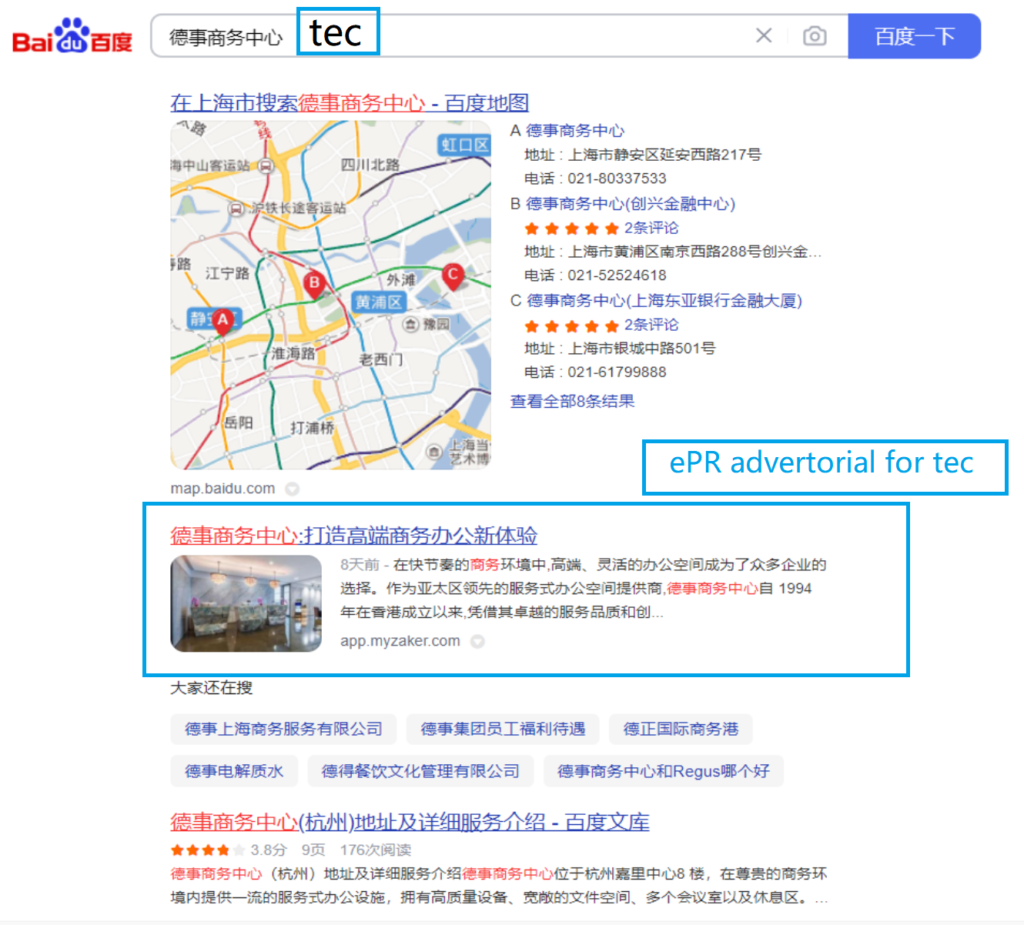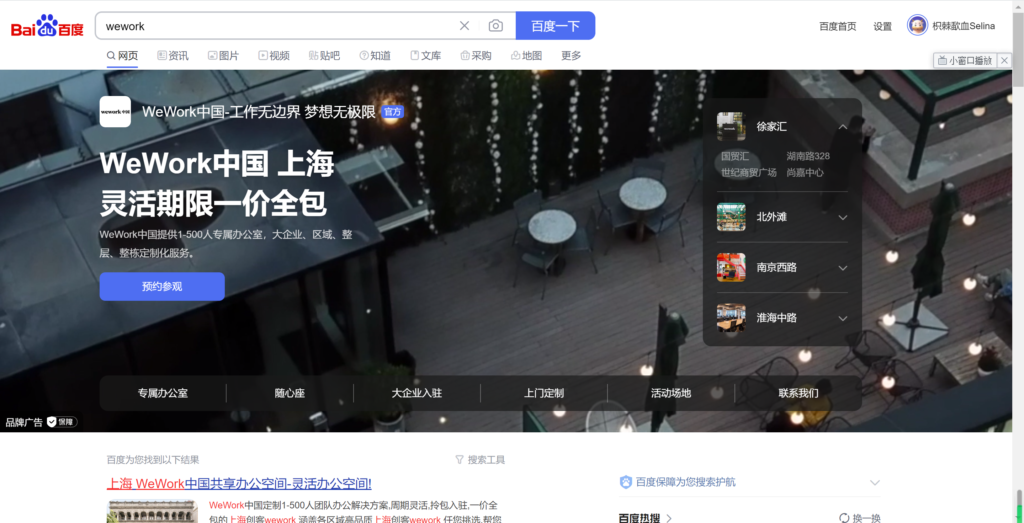The concept of coworking spaces has revolutionized the way professionals and businesses operate, offering flexible and collaborative environments that foster innovation and productivity. As this trend gains global momentum, the Chinese market presents a unique and lucrative opportunity for expansion. This article aims to provide strategic insights for overseas coworking brands to successfully enter the Chinese market, attract traffic, and increase bookings.

Understanding the Chinese Market
China’s coworking market is burgeoning, driven by rapid urbanization, a growing entrepreneurial spirit, and government support for innovation. Key cities like Beijing, Shanghai, and Shenzhen are hotspots for coworking spaces, offering immense potential due to their dense population of startups, freelancers, and multinational corporations. Understanding the competitive landscape, including major players like WeWork China, Ucommune, and MyDreamPlus, is essential for positioning your brand effectively.
Market Entry Strategy for Coworking Brands
To navigate the complexities of the Chinese market, foreign coworking brands must:
Comply with Local Regulations: Understand and adhere to China’s business laws and regulations, including company registration, data protection, and employment laws.
Forge Local Partnerships: Collaborate with local businesses, government bodies, and industry associations to gain market insights and build credibility.
Localize Your Brand: Adapt your brand’s image, language, and cultural practices to resonate with the local audience, ensuring that marketing materials and customer service are effectively localized.
Digital Marketing Strategy for Coworking Brands
Effective digital marketing is crucial for gaining visibility and attracting clients in China. Here are key strategies to consider:
Website and Mobile Optimization:
User Experience: Ensure your website, mobile apps or mini program offer a seamless user experience with intuitive navigation and fast loading times. This is critical as Chinese consumers expect quick and easy access to information.
Localization: Translate and localize all digital content, including your website, to Mandarin. This includes using culturally relevant images and references that resonate with the local audience.
Mobile-First Approach: Given the high rate of mobile internet usage in China, ensure that your site or mini program is optimized for mobile devices.
SEO and SEM:
Optimize your website on Baidu to obtain high quality organic traffic and bookings through onsite and off-site optimization. Including keywords, url, alt,h1 tag, robot, sitemap, link building and etc.
Invest in Baidu PPC (Pay-Per-Click) campaigns is another way to increase visibility. Use localized keywords and ad copy to attract the right audience.
Social Media Marketing:
WeChat: Create an official WeChat account to engage with users through articles, promotions, and customer service. Use WeChat’s mini-programs to offer convenient booking and payment options.
Weibo: Utilize Weibo for broader reach and brand awareness campaigns. Regularly post updates, promotions, and engage with followers through comments and shares.
Xiaohongshu (Little Red Book): Leverage Xiaohongshu for influencer marketing and user-generated content. Collaborate with influencers to showcase your coworking spaces.
Douyin (TikTok): Create engaging and creative video content on Douyin to reach a younger audience. Highlight unique features of your coworking spaces and customer testimonials.
ePR for Coworking Brands:
Generate contents based on keywords, such as productivity tips, industry trends, company and USPs introduction, success stories from your coworking community and etc. Release those articles across we media, media, blog, forum, Q&A and other vertical platforms.
Finally, optimize those articles on Baidu 1st page to enhance brand exposure and awareness. In this way, the brand search volumes across social media and search engines would be greatly increased. More importantly, click-through rate(CTR) and conversion rate(CR) would also be improved.

Case Studies
Understanding real-world examples can provide valuable insights into what works and what doesn’t in the Chinese market. Here are some case studies of coworking brands:
Success Stories
WeWork China:
Strategy: WeWork entered the Chinese market through a joint venture with SoftBank, leveraging local knowledge and investment.
Localization: They localized their services, incorporating feng shui principles in office designs and offering locally relevant amenities such as tea rooms and Chinese-style meeting spaces.
Digital Presence: WeWork maintained a strong digital presence through WeChat and Baidu, engaging users with localized content and community events.
Outcome: This approach helped WeWork rapidly expand in major cities like Shanghai and Beijing, becoming a recognizable and trusted brand.

Coworking Brands’ Failures
Naked Hub:
Background: Naked Hub, a premium coworking space, initially saw rapid expansion in China.
Challenges: Despite early success, they struggled with over-expansion and maintaining consistent service quality across locations. Additionally, competition with more localized and cost-effective providers intensified.
Outcome: Eventually, Naked Hub was acquired by WeWork, highlighting the risks of rapid expansion without a solid operational foundation.
Kr Space:
Background: Kr Space aimed to offer affordable coworking solutions but faced significant financial difficulties.
Challenges: High operational costs and aggressive pricing strategies led to substantial losses. The brand also faced challenges in differentiating itself in a crowded market.
Outcome: Kr Space had to close several locations and restructure its business model, emphasizing the importance of sustainable growth and clear market positioning.
Continuous Optimization and Growth For Coworking Brands
To ensure ongoing success:
Ongoing Market Research: Stay updated with market trends and adapt your strategies accordingly. Regularly analyze competitor activities and consumer behavior to stay ahead.
Feedback Mechanisms: Implement systems to gather and act on customer feedback continually. Use surveys, social media interactions, and direct feedback to refine your services.
Innovation and Expansion: Keep innovating your services to meet evolving customer needs. Consider expanding to new cities and regions based on market demand and growth potential.
Conclusion
Successfully expanding into China requires a strategic approach tailored to the unique dynamics of the market. By understanding the local landscape, leveraging comprehensive digital marketing strategies, and focusing on customer satisfaction and technological innovation, coworking brands can unlock significant growth opportunities. As the Chinese market continues to evolve, staying adaptable and forward-thinking will be key to sustained success.

